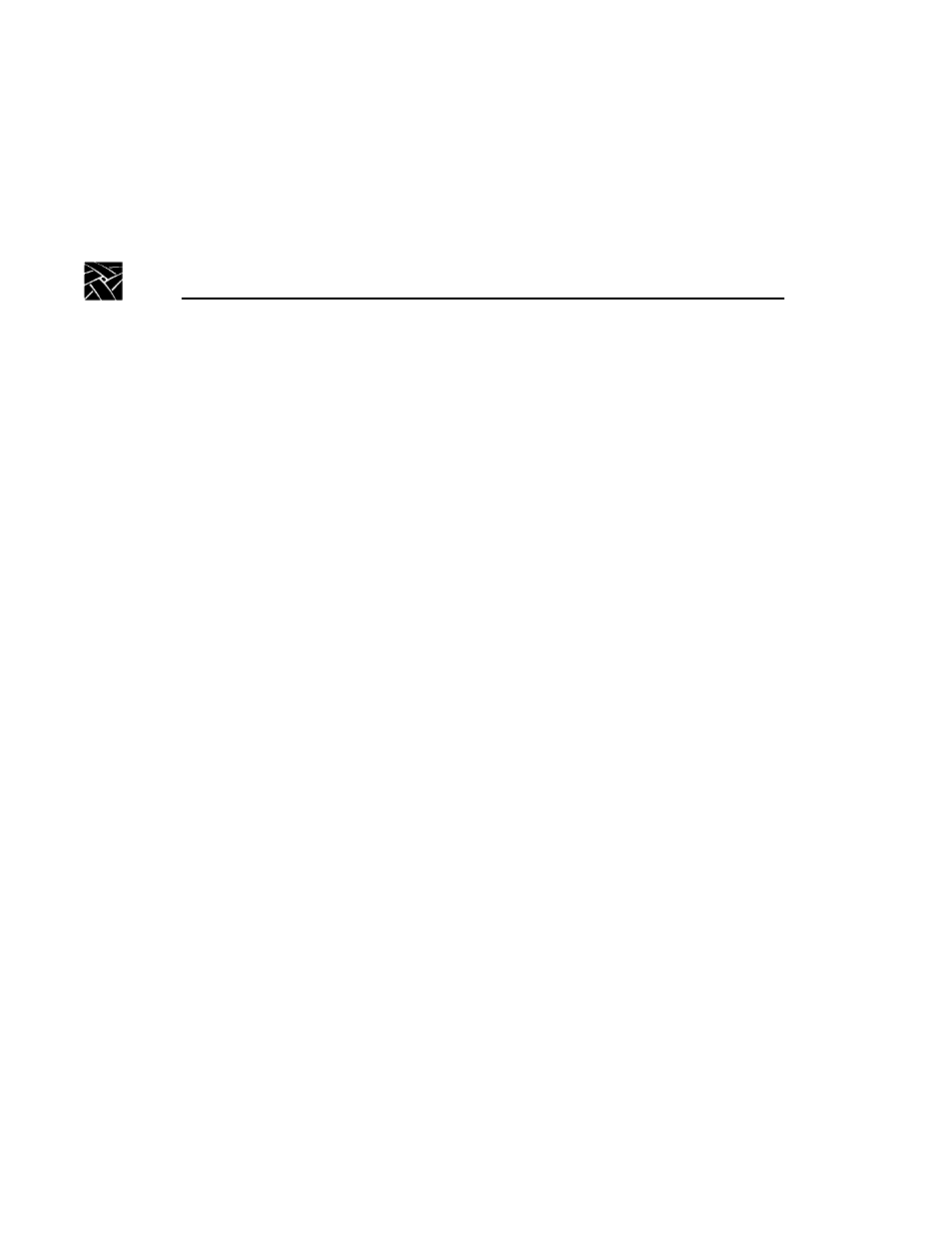Quality – Grass Valley PLS200 User Manual
Page 158

Appendix C Bar Code Label Specification
136
PLS200 Installation and Operation
Quality
Use the specifications listed in this section for bar code label quality.
Spots and Voids
A spot is an area within the white background in which the reflectivity is less
than 55%. The area indicated in Figure 3 is a spot.
A void is an area within the black element in which the reflectivity is more than
20%. The area indicated in Figure 3 is a void.
Spots and voids are allowable as long as the following conditions are met:
• The spot or void can be contained within a circle whose diameter is 0.4 times
the nominal width of the narrow element.
• The spot or void occupies no more than 25% of the area of a circle whose
diameter is 1.2 times the nominal width of the narrow element.
• There are no more than five spots per label.
• No two spots are within 0.02 inches (0.5 mm) of each other.
• No spot or void is coincident with the edge of any narrow or wide elements.
Edge Quality
When a spot of 0.003 inches (0.03 mm) in diameter is moved along the axis of
the label, over and edge, the area under the spot must change from maximum
reflectance to minimum reflectance (or from minimum reflectance to maximum
reflectance) after moving a distance of 0.003 inches (0.08 mm).
Reflectance and Contrast
The reflectance and contrast measurements should be determined using a light
source of nominal 700 nm wavelength with a smooth spectral response curve
of no more than 120 nm bandwidth for a 50% power level.
Incident irradiation should be at 45
°
from normal to the surface and reflected
flux collected within a 15
°
angle centered on the normal
.
The minimum allowable reflectance of the spaces is 50%. The minimum ratio
of space (light) reflectance to bar (dark) reflectance is 5 to 1.
